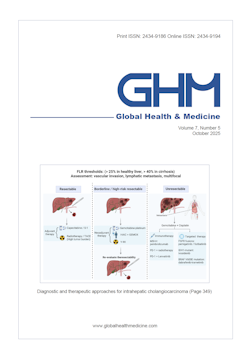Global Health & Medicine 2021;3(1):44-47.
What is the current status of Japan's efforts to meet global goals and targets to eliminate cervical cancer?
Haruyama R, Obara H, Fujita N
Following the global call to action by the World Health Organization (WHO), the world is currently moving to eliminate cervical cancer as a public health problem. To eliminate the cancer within this century, which is defined as an age-adjusted cervical cancer incidence rate (ASIR) below 4 per 100,000 women, WHO recommends all countries to achieve "90-70-90" targets for human papilloma virus (HPV) vaccination, cervical cancer screening, and treatment of precancer and cancer by 2030. In Japan, ASIR has been rising since the late 1990s to 11.1 per 100,000 women, and this rise is particularly prominent in women of reproductive age. HPV vaccination coverage is as low as 0.3%, largely due to the Government’s ongoing suspension of proactive recommendations for the vaccine. Given the absence of centralized, population-based cervical cancer screening program and a nationwide surveillance system for systematic monitoring, the exact screening participation rate and treatment rate are difficult to estimate. A national survey suggested that only around 40% of women between the ages of 20 and 69 years underwent cervical cancer screening within the last two years. National policies and systems for HPV vaccination and screening should be updated in a more efficient way as new evidence and innovations become available. In the wake of powerful global momentum, actions must be taken now to further enhance cervical cancer control and ensure that Japanese girls and women are no longer left behind.
DOI: 10.35772/ghm.2020.01070







